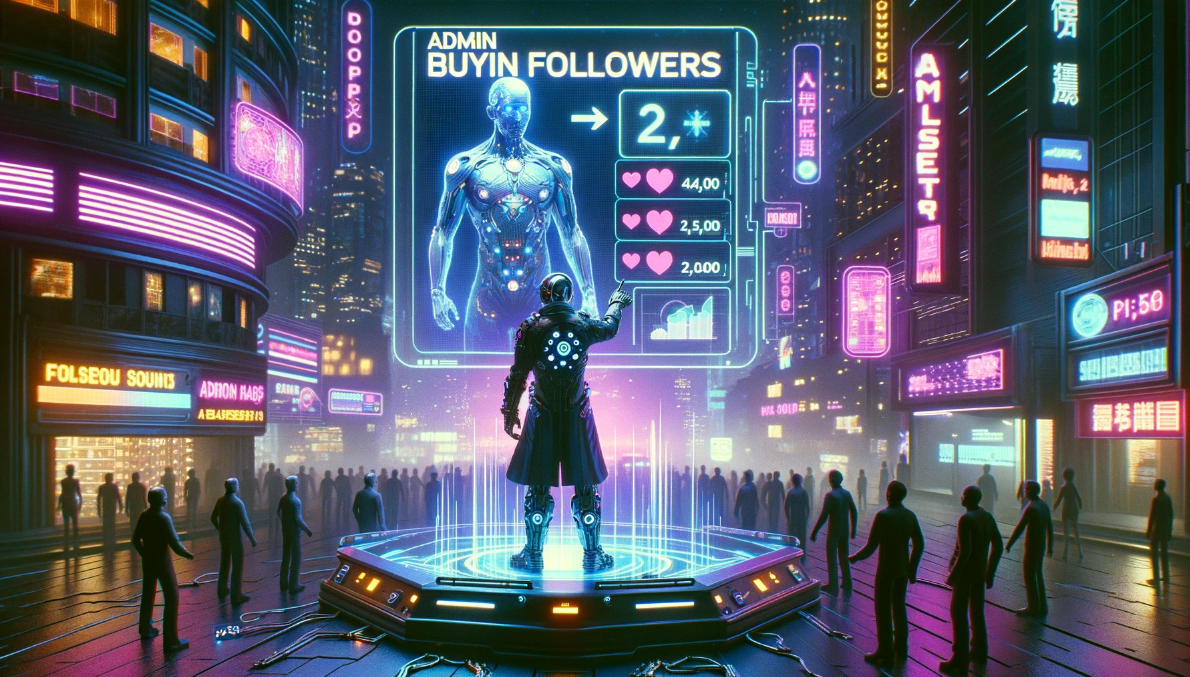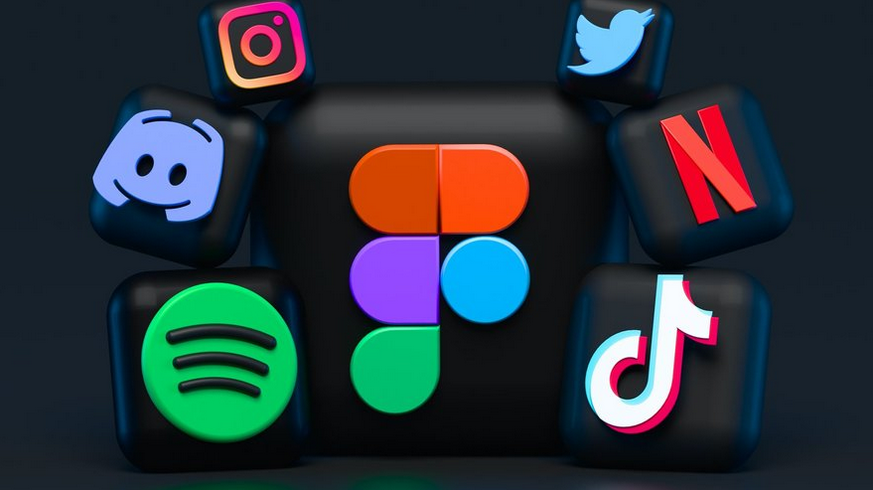Who could have imagined that a coding innovation born in the automotive industry during the 1990s would transcend its initial realm and find widespread application across various sectors? This is the story of the QR code. Owing to its enhanced capabilities compared to the traditional barcode, the QR code has emerged as an influential tool in marketing and an efficient conduit to access information.
QR codes serve as a catalyst for creativity in business, offering a unique way for companies to engage with their clientele and distinguish themselves. Ready to dive into the world of QR codes? Let's explore the essentials of QR codes.
What exactly is a QR code?
Although many have used QR codes, not everyone fully understands what they are. Their practicality is evident in their ease of use: one need not understand the underlying technology to reap the benefits they offer.
"Quick" encapsulates the essence of QR codes, which is evident from their name, standing for "quick response." These codes enable instant access to information, such as restaurant menus or detailed product or service descriptions, through a pattern of black and white squares readable by smartphone cameras.
Beyond their speed, QR codes are characterized by their efficiency and complexity. They are not limited to simple information dissemination; QR codes can facilitate account authentication, Wi-Fi access, and even financial transactions.
Distinguishing Static from Dynamic QR Codes
Understanding the distinction between static and dynamic QR codes is crucial, even for non-developers. Static QR codes permanently store information like URLs, event details, or Wi-Fi passwords, and cannot be modified or track user interaction. On the other hand, dynamic QR codes are editable and capable of tracking usage, primarily storing URLs and are ideal for campaigns requiring analytics or updates.
QR Code Functionality
QR codes stand apart from traditional barcodes. Unlike linear barcodes found on product tags, which only store alphanumeric data in a one-dimensional format, QR codes are two-dimensional, capable of being scanned horizontally and vertically, enabling them to perform complex tasks such as authentication.
Modern smartphones typically come equipped with QR code scanning capabilities, directing users to the embedded information, usually a website, upon scanning.
Creating Your Own QR Code
Creating QR codes is straightforward, with numerous online QR code generators available. For businesses considering QR code implementation, it's essential to determine the specific purpose and functionalities required for the code.
QR Code Advantages for Businesses
QR codes offer businesses innovative marketing opportunities and sustainability benefits. They reduce paper waste by replacing physical marketing materials and menus with digital alternatives. Moreover, QR codes can enhance customer experience by providing accessible information in multiple languages or formats and streamlining processes like contactless payments.
These codes also align with non-invasive marketing strategies, allowing customers to access additional information at their convenience. QR codes open doors to imaginative marketing, engaging customers with more in-depth content or promotional information.
Influencers and QR Codes
For influencers and businesses collaborating with them, QR codes are invaluable tools for product promotion, sharing discounts, and engaging audiences. They effectively direct social media users to additional content or promotional events.
Safety and Data Tracking with QR Codes
QR codes are generally safe, directing users to information rather than containing it, thus minimizing the risk of data harm. They allow users to choose whether to proceed with the linked content, enhancing their sense of control. While QR codes track scan data, they do not retain personal user information, focusing only on the frequency and nature of scans.



